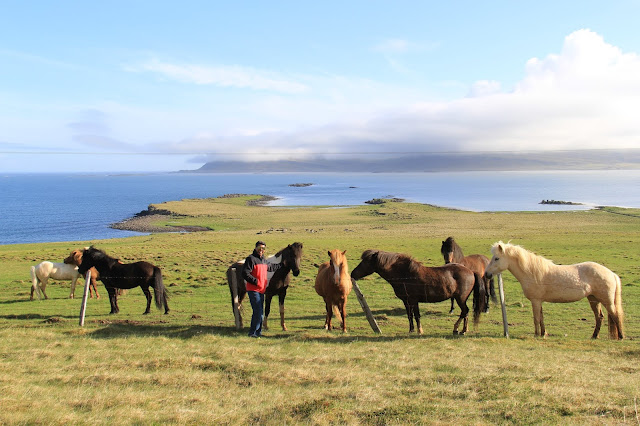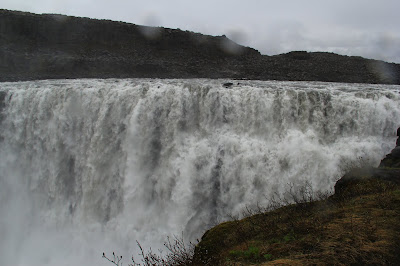Imagine cruising at 110kmph on the super scenic ring road trying to absorb the splendid countryside vistas. You drive in complete silence and utter awe…even the GPS lady has taken a break…when suddenly out of nowhere a shrill scream, “STOPPP…horsies, gorgeous horsies”!! Brakes were slammed, some not-so-nice pleasantries exchanged! It was explained for probably the 12th time that one cannot just ‘stop’ in the middle of a high speed highway blah blah. But all one cared about were those pure beauties! And for the 12th time, the car was turned to revert back to the above said spot! (smile) It’s the only way to describe the overwhelming heart-melt moment that behooves the iconic and graceful Icelandic horse.
The Icelandic Horse is legendary and part of a culture that’s died out in many other parts of the world. Brought to Iceland by the Vikings in the 9th and 10th centuries, it is one of the oldest and purest breeds of horse in the world. During our drive it didn’t take us long before we saw plenty of horses running free all over the volcanic terrain.
What I learned from a local Icelander is that the horse is like a status symbol, not in the sense of wealth as it might be in other cultures, but an indication of taste and discernment. “If you have a horse that lifts high, it gives you something, it becomes part of your identity” he said. “Its like owning a car, not just any, more like a Ferrari”. More than that, Icelanders talk about the connection to earth; about a long, shared history; about the horse’s unique character. Riding, for them, is a way to connect to the inhospitable yet stunning terrain. Its in their blood and integral to their being.
Grazing into the wild expansive terrain, there's just something about these gentle giants that draws you in, their big eyes, their personalities, the long shaggy coats and adorable thick manes and forelocks (bangs). Oh! Those gorgeous bangs! Gleaming in the filtered sun on lush green wind-swept meadows, there couldn’t be a prettier sight to behold. These are the precise moments in the late afternoon, under a sun that refuses to set, when suddenly in the middle of nowhere, it’s just us, the horses, and the wild landscape of which, we finally, feel a part.






































